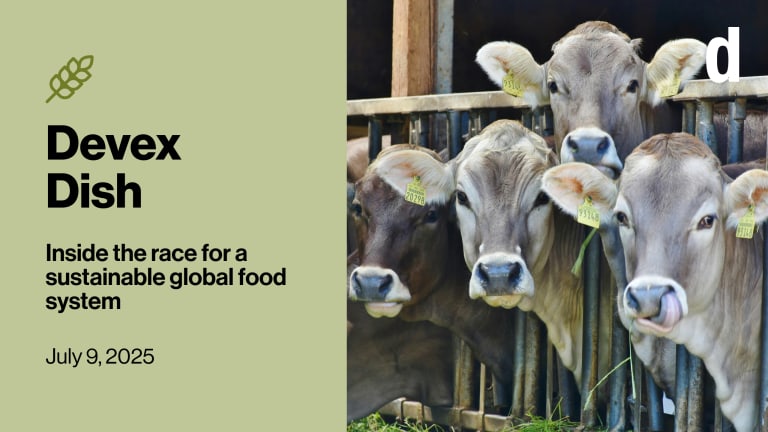Global agrifood systems are weathering the outbreak of a highly pathogenic subtype of avian influenza called H5N1 — more commonly known as bird flu — currently centered in the United States.
Veterinary and health experts are fighting to contain the outbreak, which has crossed over into dairy cattle in 12 U.S. states and has infected at least 29 people across nine countries since early 2022 — though transmission to mammals remains rare. While the impact on global food supplies and nutrition is currently low, experts say that the outbreak serves as a warning of how disruptive the virus could be to agrifood systems and how dangerous to animal — and potentially human — health.
U.S. public health officials say the commercial food supply is almost certainly safe from the virus itself. But avian influenza outbreaks can necessitate widespread culling of poultry populations in order to contain the spread of the virus, which could lead to shortages of vital sources of animal protein particularly in lower-income settings.




